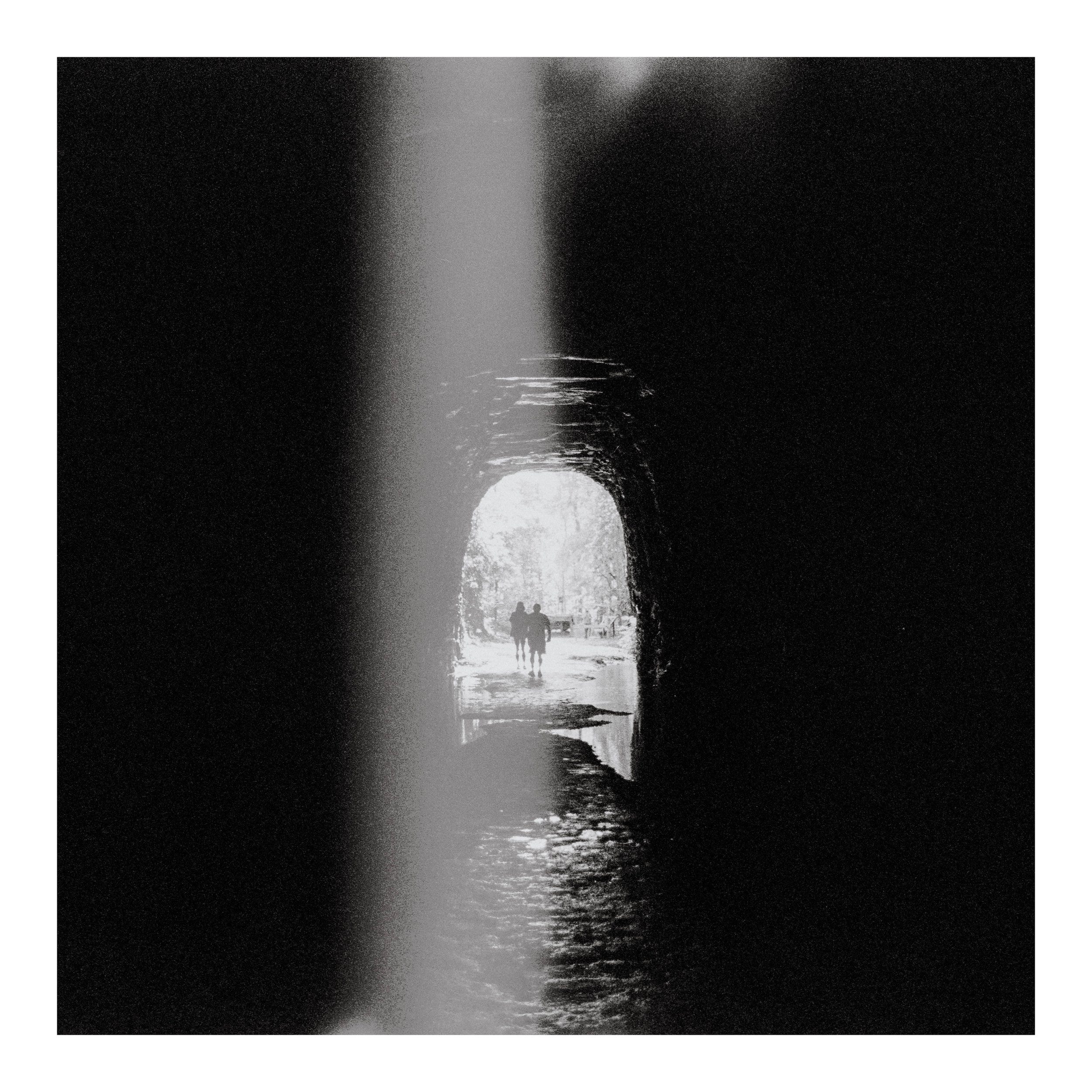From Addiction to Art: The Transformative Power of Photography in Overcoming Substance Use Disorder
Substance use disorder (SUD) is a pervasive and complex issue affecting millions of people worldwide. In the United States alone, an estimated 20.3 million individuals aged 12 or older struggled with substance use disorder in 2020 (SAMHSA, 2020). The consequences of SUD are far-reaching, impacting not only the individuals directly affected but also their families, communities, and society as a whole. Traditional treatment methods for SUD, such as pharmacological interventions and behavioral therapies, have shown varying degrees of success. However, there is a growing interest in exploring alternative and complementary approaches to help individuals overcome their addiction and maintain long-term recovery.
One such approach gaining traction is the use of creative therapies, including photography, as a means to foster emotional healing, self-discovery, and personal growth. Photography as a therapeutic tool offers unique benefits to those battling substance use disorder. It provides a non-verbal medium for self-expression, encourages mindfulness, and cultivates a sense of purpose and mastery. Additionally, photography can help build supportive communities, which are crucial for recovery and relapse prevention.
As someone who has witnessed the profound impact of substance abuse on the lives of many people close to me, I have developed a deep-rooted empathy for those who struggle with addiction. These personal experiences drove me to obtain a Bachelor of Science degree in Psychology with an emphasis on learning and behavior research in order to further explore and attempt to understand the various aspects of addiction and recovery. I find it crucial to delve into the multifaceted nature of substance use disorders and discover innovative ways to support individuals on their journey toward sobriety. Please note that the information provided in this blog post is not intended to serve as professional therapeutic advice, nor do I have the credentials to give such advice. I am strictly writing this to raise awareness and explore the intersection between two of my passions.
In this blog post, we will explore the therapeutic potential of photography as a powerful tool to help people overcome substance use disorder, drawing upon scientific research, psychological principles, and real-life experiences. Through this exploration, I hope to shed light on alternative approaches to recovery that can be combined with more traditional methods to inspire hope for those seeking lasting change.
The Therapeutic Potential of Photography
The therapeutic potential of photography and other forms of art are increasingly being recognized for their ability to help individuals address emotional and psychological challenges. For those with substance use disorder, photography offers unique therapeutic benefits that contribute to the recovery process. It enables self-expression and emotional processing in a non-verbal, visual manner, which is particularly helpful for individuals with SUD who may struggle to verbalize their experiences and feelings. By capturing images representing their emotions, they can process complex and often conflicting feelings associated with addiction, ultimately fostering self-awareness and emotional healing.
Photography also serves as a means of visual storytelling and personal reflection, allowing individuals to document their recovery journey. This visual narrative captures progress and setbacks, empowering them to reflect on personal growth and the changes they've made to overcome addiction. Reviewing their photographic journey can serve as a reminder of resilience and commitment to recovery, motivating them to stay on track and avoid relapse.
Another significant aspect of photography's therapeutic potential is its ability to help individuals explore their identity and personal values. Substance use disorder often leads to a loss of identity as individuals become consumed by their addiction. Photography can help them explore and re-establish their sense of self by focusing on what is truly important to them. Identifying passions, values, and aspirations through photography ultimately helps build a new identity not defined by addiction.
Additionally, photography can help individuals with SUD develop healthy coping strategies to manage triggers and stressors associated with addiction. Engaging in photography serves as a distraction from cravings and negative thoughts, providing a positive outlet for channeling energy. Creative problem-solving skills developed while composing and manipulating photographs can be applied to various challenges encountered during the recovery journey.
Photography and other forms of art can provide catharsis and symbolic transformation for those with SUD. Confronting and releasing pent-up emotions through images allows for a cathartic experience. Symbolic transformation, a concept in art therapy, suggests that creating and manipulating visual representations of experiences can give individuals a sense of control over their emotions and circumstances (Bosgraaf et al., 2020). This is particularly beneficial for those with SUD, as they learn to transform their pain and suffering into something meaningful and transformative through the art of photography.
The Role of Mindfulness in Photography
The role of mindfulness in photography is a powerful tool that can benefit individuals with substance use disorder. Mindfulness, which involves maintaining nonjudgmental awareness and focus on the present moment, has proven effective in evidence-based addiction treatments like mindfulness-based relapse prevention (MBRP) and dialectical behavior therapy (DBT) (Kabat-Zinn, 2003). Photography fosters mindfulness by requiring focused attention on the subject, composition, and technical aspects of capturing an image. This process helps individuals with SUD develop concentration and presence in the moment, redirecting their thoughts from cravings and stressors while increasing their awareness and appreciation of their surroundings (Grant et al., 2017).
Photography can also contribute to emotional regulation, as mindfulness practices like meditation and deep breathing help individuals with SUD manage their emotions and cravings. By slowing down and observing their feelings without judgment, individuals can capture images representing their emotions and develop a deeper understanding of their emotional landscape, ultimately improving their ability to cope with recovery challenges.
Cultivating nonjudgmental observation, a key aspect of mindfulness, can be achieved through photography by teaching individuals with SUD to view their surroundings objectively and notice details without labeling or judging them. This approach can be applied to their recovery journey, allowing acceptance of their experiences without self-criticism, shame, or guilt.
Photography often encourages exploration and connection with the natural environment, providing therapeutic benefits for individuals with SUD. Research shows that spending time in nature can reduce stress, anxiety, and negative emotions (Berman et al., 2012). Nature photography combines mindfulness and nature exposure, further supporting the recovery process.
Mindfulness is not just a short-term coping strategy but a lifelong skill contributing to overall well-being and personal growth. Photography can serve as a sustainable mindfulness practice for individuals with SUD, allowing them to continue refining their skills and reaping the benefits long after their initial recovery period.
Building a Supportive Community
A strong support network is crucial in the recovery process for individuals with substance use disorder. The sense of belonging and mutual understanding within a community provides encouragement, accountability, and guidance. Photography offers unique opportunities to build and strengthen connections, creating a supportive environment that fosters recovery and personal growth.
Participating in photography workshops, group sessions, or clubs allows individuals with SUD to connect with others who share their passion for photography. These gatherings provide a safe space to explore creativity, learn new techniques, and engage in open discussions about experiences and challenges related to addiction. Through this shared interest, meaningful relationships and camaraderie can develop in their recovery journey.
The digital age has expanded the possibilities for connection through numerous online forums and social media platforms dedicated to photography and addiction recovery. Individuals with SUD can join these communities to share their work, exchange ideas, and offer support to others facing similar struggles. These virtual connections provide a sense of belonging and help reduce feelings of isolation often associated with addiction.
Collaborative photography projects and exhibitions serve as platforms for individuals with SUD to showcase their work and share their stories with a wider audience. By collaborating with others, they can foster a sense of unity and collective healing while raising awareness about the challenges and triumphs of addiction recovery. These projects also provide opportunities for personal growth as individuals learn to work with others, accept feedback, and refine their artistic vision.
Within a supportive photography community, individuals with SUD can find mentors and peers who offer guidance, encouragement, and practical advice on navigating the recovery process. This mentorship and peer support are invaluable in helping individuals maintain their sobriety and continue to grow in their artistic pursuits.
Photography can also help strengthen existing relationships as individuals with SUD invite friends and family members to participate in their creative journey. By sharing their work and engaging in photography-related activities together, they can rebuild trust, foster open communication, and create a supportive environment that nurtures their recovery.
Enhancing Self-Esteem and Empowerment
Substance use disorder (SUD) often leads to feelings of low self-esteem, shame, and disempowerment. As individuals embark on the journey towards sobriety, it is crucial to rebuild their self-confidence and sense of agency. Photography can play a pivotal role in enhancing self-esteem and fostering empowerment, contributing to the overall success of addiction recovery.
Learning and mastering new skills can significantly boost self-esteem and feelings of self-worth. As individuals with SUD engage in photography, they gain technical knowledge and artistic abilities, experiencing a sense of accomplishment and pride in their progress. This newfound competence not only enhances their self-esteem but also empowers them to face the challenges of recovery with greater resilience and determination.
Photography allows individuals with SUD to express their authentic selves through visual storytelling. By capturing images that reflect their experiences, emotions, and perspectives, they can develop a stronger sense of identity and self-worth. This creative expression encourages individuals to embrace their uniqueness and fosters self-acceptance, which is vital for long-term recovery.
Setting and achieving goals can be an empowering process that bolsters self-esteem. Photography offers numerous opportunities for individuals with SUD to set both short-term and long-term goals, such as mastering a specific technique, completing a personal project, or showcasing their work in an exhibition. By working towards and accomplishing these goals, they can experience a sense of fulfillment and renewed confidence in their abilities.
Photography encourages self-reflection, as individuals with SUD explore their thoughts, feelings, and beliefs through visual imagery. This introspective process can lead to personal growth and heightened self-awareness, fostering a more profound understanding of their strengths, weaknesses, and potential. As individuals gain insight into their personal journey, they can feel more empowered to make positive changes and pursue their recovery goals.
Sharing their photography with others can provide individuals with SUD the opportunity to receive recognition and validation for their artistic endeavors. This acknowledgment can bolster self-esteem, as they feel valued and appreciated for their talents and efforts. Additionally, connecting with others who resonate with their work can help to reinforce their sense of purpose and motivation, fostering empowerment and self-belief.
In summary, photography can significantly contribute to enhancing self-esteem and fostering empowerment for individuals with substance use disorder. By promoting mastery, creative expression, goal achievement, personal growth, and recognition, photography can serve as a powerful tool in rebuilding confidence and fostering resilience during the recovery process.
Conclusion
Photography is a multifaceted and powerful tool that can significantly contribute to the recovery process for individuals with substance use disorder. By tapping into its therapeutic potential, individuals can benefit from emotional healing, self-discovery, and personal growth. As they engage in mindful photography practices, they can cultivate essential skills such as focused attention, emotional regulation, and nonjudgmental observation that support their journey towards sobriety.
Furthermore, photography provides unique opportunities to build a supportive community where individuals can connect with others through shared passions, experiences, and aspirations. These connections help to create a sense of belonging, encouragement, and accountability, which are crucial for sustained recovery. In addition, photography can enhance self-esteem and empowerment by promoting mastery, creative expression, goal achievement, personal growth, and recognition.
The integration of photography into addiction recovery programs has the potential to complement and enhance traditional treatment methods, offering a holistic and creative approach to overcoming substance use disorder. By harnessing the power of photography, individuals can experience transformative healing, fostering resilience and a renewed sense of purpose in their journey towards a fulfilling and sober life.
References
Berman, M. G., Kross, E., Krpan, K. M., Askren, M. K., Burson, A., Deldin, P. J., Kaplan, S., Sherdell, L., Gotlib, I. H., & Jonides, J. (2012). Interacting with Nature Improves Cognition and Affect for Individuals with Depression. Journal of Affective Disorders, 140(3), 300-305. https://doi.org/10.1016/j.jad.2012.03.012
Kabat-Zinn, J. (2003). Mindfulness-based interventions in context: Past, present, and future. Clinical Psychology: Science and Practice, 10(2), 144–156. https://doi.org/10.1093/clipsy.bpg016
Bosgraaf, L., Spreen, M., Pattiselanno, K., & van Hooren, S. (2020). Art Therapy for Psychosocial Problems in Children and Adolescents: A Systematic Narrative Review on Art Therapeutic Means and Forms of Expression, Therapist Behavior, and Supposed Mechanisms of Change. Frontiers in psychology, 11, 584685. https://doi.org/10.3389/fpsyg.2020.584685
Grant, S., Colaiaco, B., Motala, A., Shanman, R., Booth, M., Sorbero, M., & Hempel, S. (2017). Mindfulness-based Relapse Prevention for Substance Use Disorders: A Systematic Review and Meta-analysis. Journal of addiction medicine, 11(5), 386–396. https://doi.org/10.1097/ADM.0000000000000338







